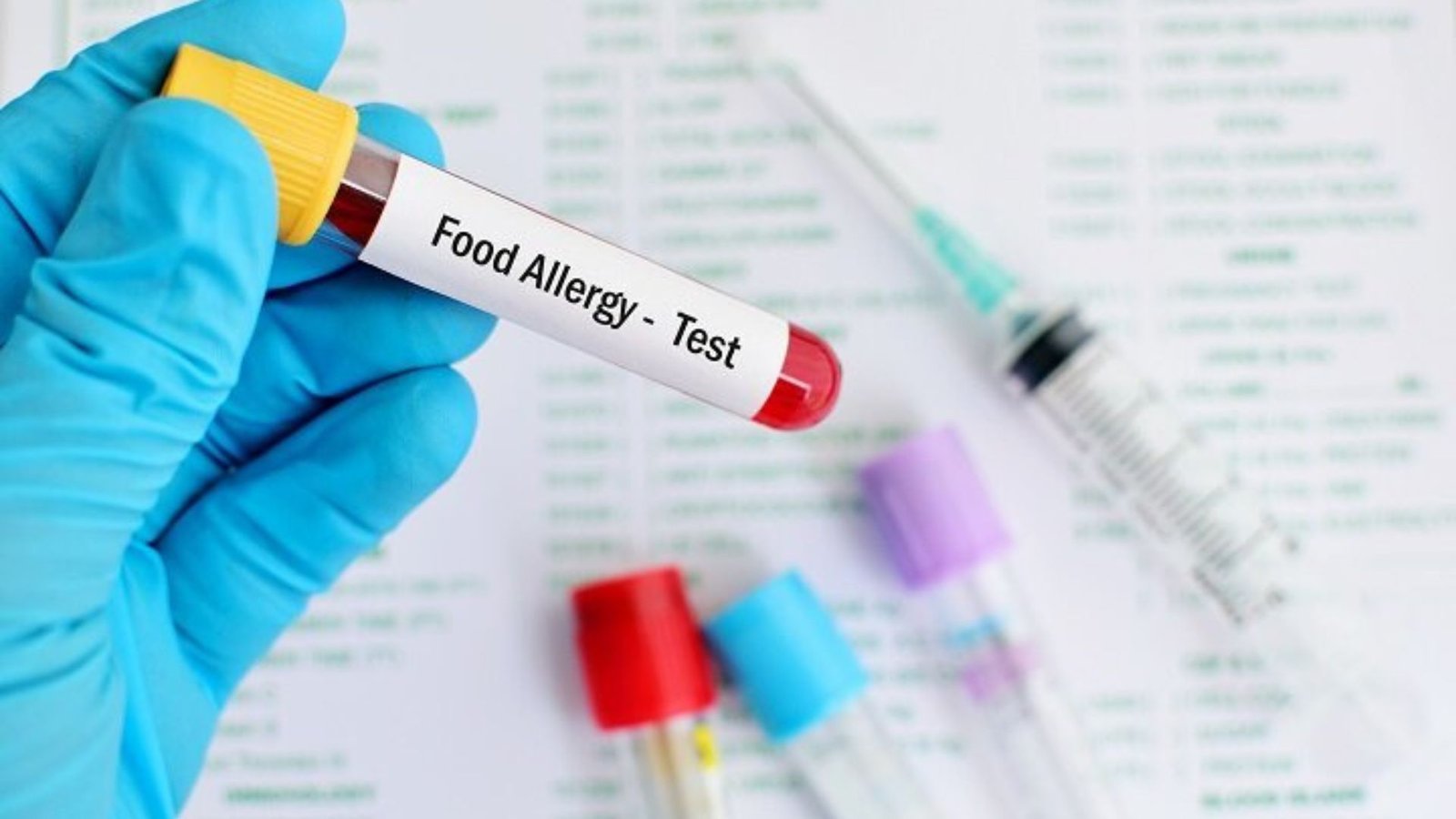An allergy-friendly kitchen is essential for managing food allergies effectively. It provides a safe environment where allergic reactions can be prevented and everyone can enjoy meals without worry. By making a few key adjustments, you can ensure your kitchen is free from cross-contamination and allergens. Follow these tips to create a kitchen that supports food safety and peace of mind for everyone in your household.

Start by Identifying and Removing Common Allergens
The first step in creating an allergy-friendly kitchen is identifying the allergens present in your home. Common allergens include peanuts, tree nuts, eggs, milk, wheat, soy, fish, and shellfish. Once you know which allergens you need to avoid, go through your pantry and refrigerator to remove any foods that contain these ingredients. Check food labels carefully, as allergens can be hidden in many packaged foods. For items you cannot completely eliminate, consider replacing them with allergy-friendly alternatives.
Designate Allergen-Free Zones
To prevent cross-contamination, create specific areas in your kitchen for preparing allergen-free meals. Designating separate storage spaces for allergen-free foods is a helpful step. For example, you can use a separate shelf or cabinet to store gluten-free or nut-free products. Additionally, set up dedicated cooking and food prep areas where allergens will not come into contact with safe foods. This is especially important if you share your kitchen with others who may use common allergens.
Use Separate Cooking Equipment and Utensils
Separate kitchen tools and utensils for allergen-free cooking are crucial to avoid accidental contamination. For instance, use different cutting boards, knives, and measuring cups for preparing foods that contain allergens versus those that do not. It’s also wise to have separate pans, pots, and baking sheets if you’re cooking allergen-free meals alongside foods that may trigger allergic reactions. Label these utensils to avoid confusion, and clean them thoroughly after every use.
Clean Regularly and Thoroughly
Regular cleaning is essential in maintaining an allergy-friendly kitchen. Clean surfaces, utensils, and appliances frequently to remove any residue from allergens. Pay close attention to areas like countertops, stovetops, and refrigerator shelves, where crumbs or food particles may accumulate. Consider using a vacuum cleaner with a HEPA filter to remove allergens from floors and tight spaces. Keep in mind that allergen particles can linger on surfaces for extended periods, so it’s important to clean both before and after preparing meals.
Be Mindful When Dining or Sharing Meals
When preparing meals in an allergy-friendly kitchen, it’s important to stay mindful of how food is shared and eaten. For example, avoid family-style serving where multiple people dip from the same dish. If you’re cooking for others with allergies, make sure to serve each meal separately and clearly label them to avoid confusion. Additionally, ensure that everyone in the household is aware of the importance of avoiding allergenic foods, even when not cooking. This practice creates a safer space for anyone with allergies.
Conclusion
Creating an allergy-friendly kitchen is essential for keeping your family safe from allergic reactions. By identifying allergens, setting up designated areas for allergen-free foods, using separate utensils, and cleaning regularly, you can reduce the risk of exposure. Stay mindful of cross-contamination and involve everyone in your household to create a safe environment. These simple steps can give you peace of mind and ensure that your kitchen supports allergy-free cooking and dining.











